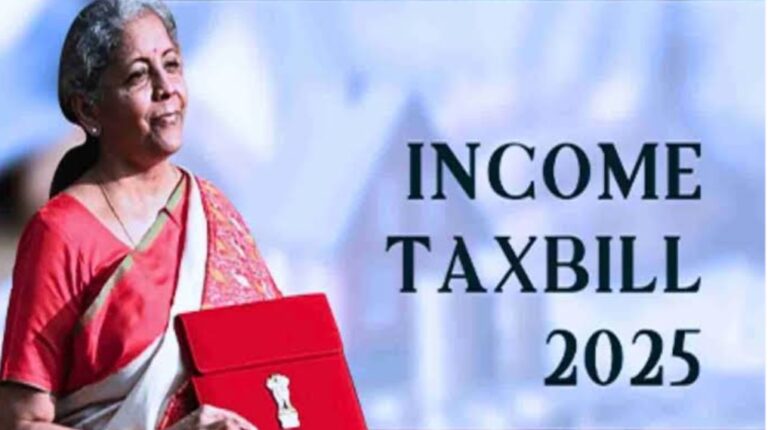The Income Tax Bill, 2025 has undergone major revisions between the February Draft and the August Draft, with significant implications for corporate taxpayers, LLPs, NPOs, and professionals. While the August draft addresses several concerns raised earlier, it also expands the tax net in some areas.
Let’s break down the key differences and their impact 👇
1. Carry Forward & Set-Off of Losses
- February Draft: Introduced the “beneficial owner” concept, creating ambiguity around loss set-off eligibility.
- August Draft: Reverts to the familiar “beneficially held” wording from the 1961 Act.
✅ Impact: Provides continuity, avoids unnecessary litigation, and ensures smoother compliance.
2. Scope of Alternate Minimum Tax (AMT)
- February Draft: Applied AMT without linking it to tax deductions, potentially burdening all LLPs with 18.5% AMT.
- August Draft: Restores deduction-based applicability.
✅ Impact: Major relief for LLPs, family offices, and promoters.
3. Transfer Pricing – Definition of Associated Enterprise
- February Draft: Independent reading of sub-sections risked broadening TP applicability.
- August Draft: Sub-sections merged differently, still widening coverage.
⚠️ Impact: Broader transfer pricing net; businesses should review inter-company arrangements.
4. Allowance of Expenses in TDS Defaults
- February Draft: Expenses disallowed if TDS deposited after return due date, relief only for residents.
- August Draft: Extends relief to non-residents as well.
✅ Impact: Removes permanent disallowance risk, simplifies compliance for cross-border transactions.
5. Indirect Transfer of Shares / Interest
- February Draft: Restricted to capital gains taxation.
- August Draft: Extended to all income deemed to accrue in India.
⚠️ Impact: Wider tax base, aligned with provisions under the 1961 Act.
6. Deduction for Inter-Corporate Dividends (22% Regime)
- February Draft: Omitted deduction under Section 80M.
- August Draft: Deduction restored.
✅ Impact: Prevents double taxation of dividends in corporate structures.
7. NIL TDS Certificates
- February Draft: Allowed only lower-rate certificates.
- August Draft: Restores option for NIL deduction certificates.
✅ Impact: Reduces refund delays and cash flow issues for corporates.
8. Digital Payment Mandate for Professionals
- August Draft: Expands mandate beyond businesses; now covers professionals with turnover above ₹50 crore.
✅ Impact: Professionals must provide BHIM/UPI/RuPay facilities for payments.
9. TDS Correction Statements Period
- Earlier Rule: Allowed corrections for 6 years.
- August Draft: Reduced to 2 years.
✅ Impact: Brings faster resolution and reduces prolonged disputes.
10. Simplified Provisions & Finance Act Integration
- Loss Set-Off Rules: Redrafted for clarity without major policy change.
- Finance Act, 2025 Amendments: Now incorporated into the draft—covering capital asset recognition for AIFs, revised assessment timelines, and updated rules for business trusts.
11. Key Provisions for Registered NPOs
The August draft reinstates several taxpayer-friendly provisions from the 1961 Act:
- Shortfall <85% deemed applied in year of actual receipt.
- Tax imposed on income rather than receipts.
- Reinvestment of capital gains treated as application of income.
- 30% tax on anonymous donations extended to mixed-object NPOs.
- Relaxed conditions on 15% specified investments.
✅ Impact: Fairer taxation framework and better operational clarity for NPOs.
12. Search & Seizure – Digital Data Access
- August Draft: Explicitly allows access to digital data during search operations, with privacy safeguards under the Income-tax Act and Data Protection laws.
✅ Impact: Aligns with modern compliance needs while balancing data privacy.
🔎 Final Takeaway
The August Draft of the Income Tax Bill 2025 is more practical and business-friendly compared to the February draft. It restores several key provisions, provides clarity in critical areas like losses, dividends, and TDS, and eases compliance burdens. However, companies should note the expanded scope of Transfer Pricing and Indirect Transfer provisions, which could bring more transactions under the tax net.
